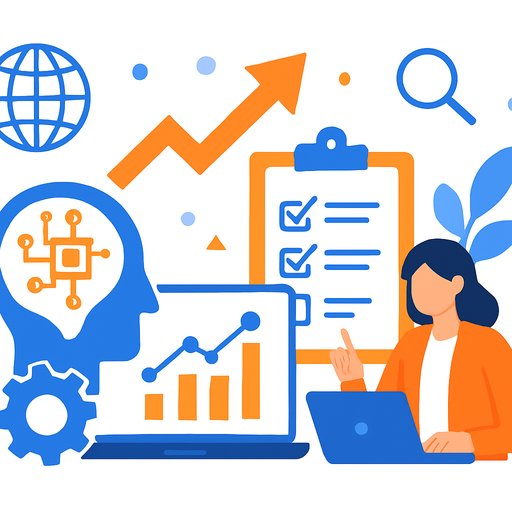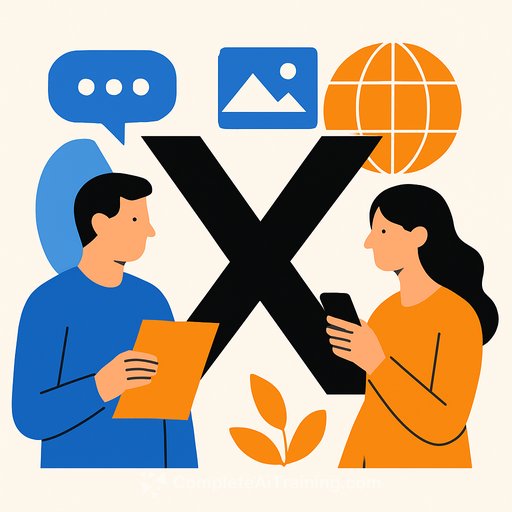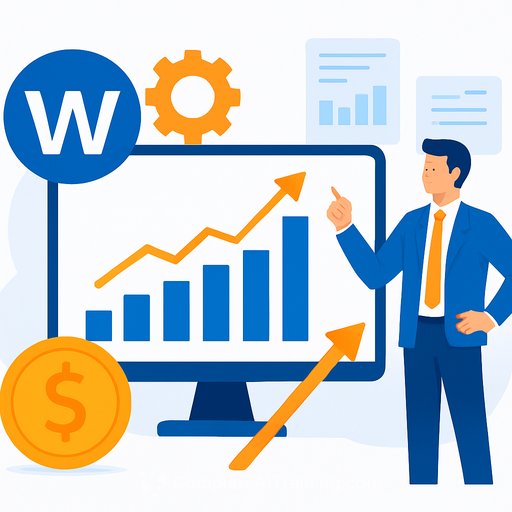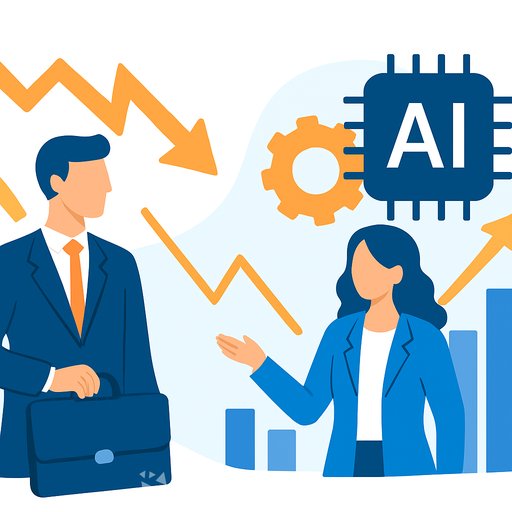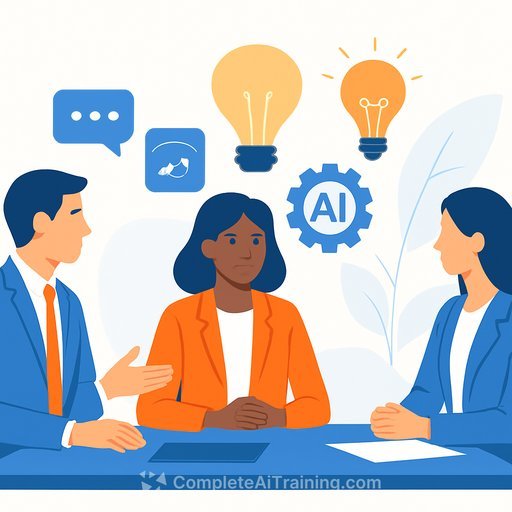AI Put HR at the Strategy Table in 2025. Now It's Time to Act.
Across boardrooms, the same question kept coming up: What does AI mean for the organization? In 2025, HR proved its value by moving faster with talent and stripping out low-value work. Recruiters stopped wrestling with calendars and spent more time building trust with candidates. That was the year of experimentation.
Early in the year, one theme kept surfacing: start small, ship quickly, learn fast. Soon after, a widely cited McKinsey report argued that the bigger risk wasn't overreach-it was aiming too small. As they put it, "The risk for business leaders is not thinking too big, but rather too small." Read the research.
What 2025 Taught Us
- The five-year plan is done. Tech velocity outpaced static roadmaps. Strategy became rolling, not rigid.
- Most companies weren't ready to scale fast. Systems, data, and process broke under real demand.
- HR tech consolidation accelerated. Many tools didn't deliver business value. Fewer, stronger platforms began to set the new standard.
- Chatbots evolved into agents. They remembered preferences and automated multi-step work-perfect for HR workflows.
- The Great Recalibration began. Work moved beyond "jobs" to skills, competencies, and cultural contribution.
2026: The Year of Action
Trials are over. Execution starts now. Here are five moves executives and HR leaders should prepare for-and how to respond.
1) GEO Will Eclipse SEO
Generative Engine Optimization (GEO) is the practice of making your content discoverable and trusted by AI search and generative models. As AI answers replace the ten blue links, GEO will shape employer brand perception and demand. If your brand is missing from AI answers, revenue and recruiting will feel it.
What to do now
- Turn content into clear, answer-first formats with sources, definitions, and structured data.
- Publish credible point-of-view pieces that models can cite. Consistency builds trust.
- Measure branded mentions in AI answers and Q&A tools. Treat it like share of shelf.
- Assign ownership for GEO across marketing, comms, and TA.
2) AI Will Amplify the Value Humans Bring
Expect a shift to human-first enterprises. AI will take on the repetitive, the tedious, and the easily modeled. People will lean into judgment, relationships, creativity, and domain context-the work that actually moves outcomes.
What to do now
- Map high-friction tasks per role and automate them. Free up 20-30% time for higher-value work.
- Redesign roles around strengths: decision quality, collaboration, and customer impact.
- Tie productivity to outcomes (cycle time, quality, revenue influence), not activity metrics.
3) Work Blueprints Will Replace Job Descriptions
Job descriptions were built for factory lines. Work today is fluid. Work blueprints act like schematic diagrams-skills, outcomes, demonstrated experience, and values over static duties. Generative AI will help teams draft, update, and match blueprints at the speed of change.
What to do now
- Inventory critical skills, proficiencies, and outcomes per team. Retire legacy JDs.
- Pilot blueprints in two functions (e.g., Sales Ops, Customer Success) and tie them to pay, mobility, and learning.
- Link blueprints to internal training so people can close gaps and move faster between projects.
- Explore practical upskilling paths that map to skills and roles: courses by job and courses by skill.
4) The Chief Productivity Officer Will Replace the HR Director
HR in its current form won't last. Expect a unified leader over people and technology-a Chief Productivity Officer-responsible for outcomes across talent, AI, data, and workflow. Some organizations have already made similar moves. Others will follow as value shifts from function silos to integrated operating systems.
What to do now
- Define a productivity charter spanning HR, IT, data, and operations with clear KPIs.
- Create cross-functional product teams (Talent Acquisition, Learning, Internal Mobility) with engineering support.
- Upskill HR in AI, analytics, and product thinking. Consider a practical track like AI automation certification.
5) GenAI Models Will Acquire Hiring Data
Generative platforms are moving into jobs and matching. Access to application flows, skills, and outcomes will sharpen recommendations and monetization. That creates an opportunity for reach and a need for strong data governance.
What to do now
- Standardize job and skills data. Use structured fields so models can read and match accurately.
- Set consent, privacy, and fairness guidelines before connecting to external platforms.
- Pilot AI-assisted matching where it reduces time-to-fill without introducing bias. Audit continuously.
Practical Next Steps for Executives and HR
- Pick three small, high-ROI use cases. Ship in 30-60 days. Measure time saved and outcome lift.
- Stand up GEO as a capability. Treat AI answers as a core channel for brand and recruiting.
- Replace job descriptions with work blueprints in one business unit. Expand once metrics improve.
- Consolidate overlapping tools. Fewer systems, deeper adoption, cleaner data.
- Launch an AI fluency program for managers and ICs: latest AI courses and popular certifications.
There's real momentum. 2025 proved what's possible. 2026 rewards the teams that move from talk to execution-one focused, measurable step at a time.
Your membership also unlocks:

